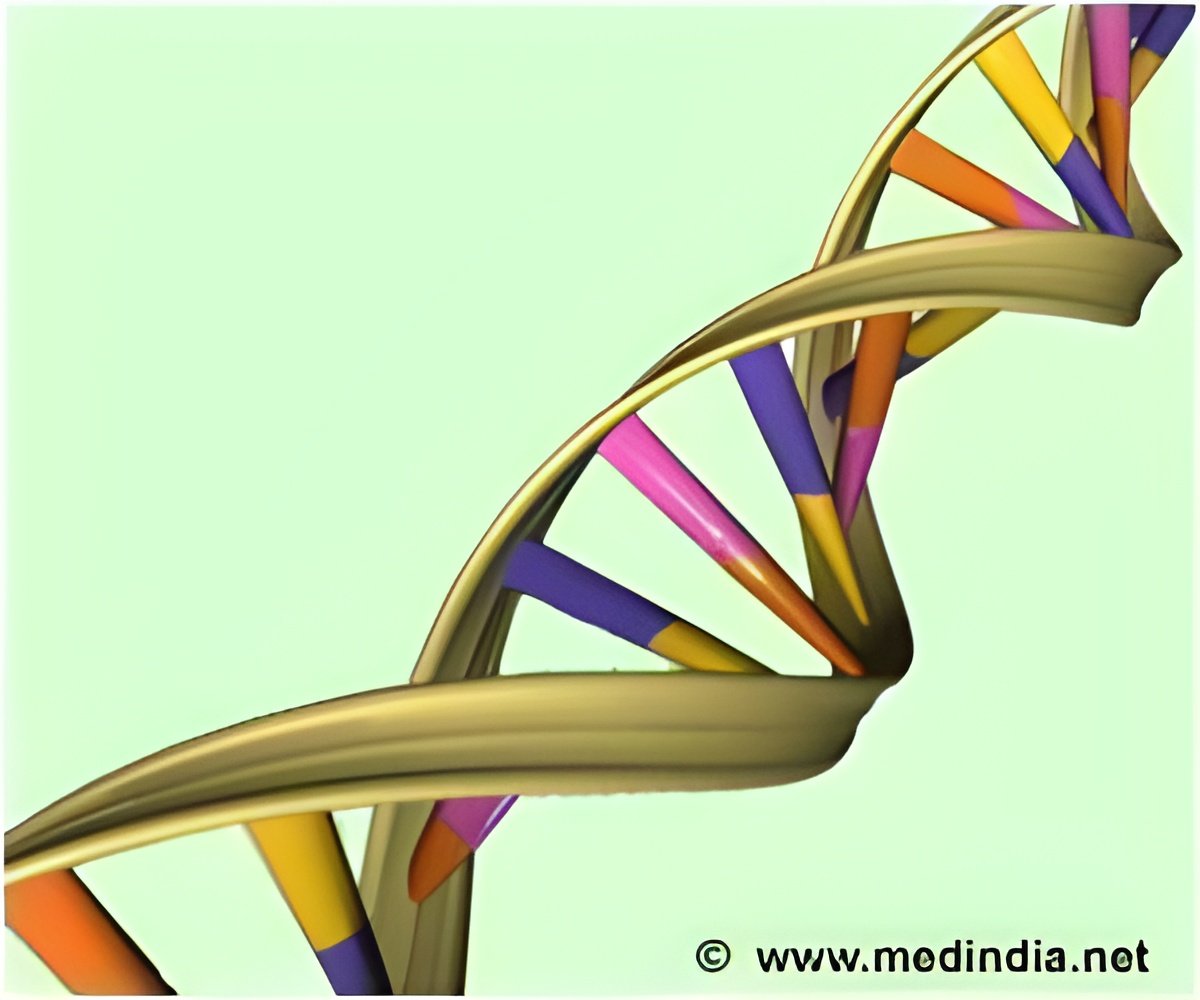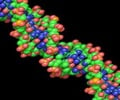NANOG, an essential gene for embryonic stem cells, is also responsible for regulating cell division in stratified epithelia.

Up until now, it was thought that the function of NANOG was limited to the above-mentioned developmental stage immediately prior to implantation. The CNIO study, led by Manuel Serrano and Daniela Piazzolla, however, shows that NANOG also plays a role in the adult organism.
After analysing the presence of NANOG in different mouse tissues by immunohistochemistry, the CNIO team demonstrated that, in addition to being present in embryonic tissue, this factor is also found in stratified epithelia such as the oesophagus, skin or vagina.
NANOG Is Linked to Tumours Derived From Stratified Epithelia
Furthermore, the researchers studied a line of mice that can be programmed to induce the NANOG factor over a limited period of time. As described in the article, when NANOG was increased in these mice, the epithelia showed an increase in cellular proliferation, hyperplasia, and an increase in the amount of DNA damage in the cells.
"Interestingly, the effects of NANOG were only observed in stratified epithelia, whereas other tissues, such as the liver of kidney, were completely indifferent to the expression of NANOG", says Serrano. This reinforces the idea that NANOG selectively operates in stratified epithelia.
The authors of the work also show that NANOG is increased in patient-derived tumour samples from stratified epithelia. Furthermore, when they blocked the action of the gene using RNA interference, the cell proliferation index was reduced.
The study has benefitted from the participation of CNIO researchers Marcos Malumbres and Ignacio Pérez de Castro, who are experts on protein AURKA and its role in the cell cycle. This work has been funded by the Ministry of Economy and Competitiveness, the European Union, the Community of Madrid, the Botín Foundation, the Ramón Areces Foundation, and the AXA Foundation.
Source-Eurekalert
 MEDINDIA
MEDINDIA



 Email
Email




